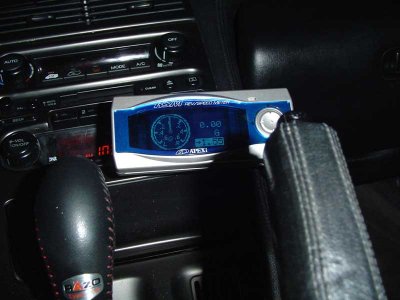Chemistry & tires 101
KGP said:
Interested to read your Chemistry & Tires 101.
ok... here it goes.
Tires are made from rubber, that is elastomeric materials to which they owe a large part of their grip capacity. To begin with, let's examine the special characteristics of these materials.
Then, we'll take a detailed look at the phenomena involved in friction which generates grip.
Elastomeric materials (a.k.a. elastomers) are usually assimilated to visco-elastic materials. A visco-elastic material is a deformable material with a behaviour which lies between that of a viscous liquid and an elastic solid.
When a perfectly elastic body, like a spring, for example, is subjected to a force, it distorts instantaneously in proportion to the force applied. Then, as soon as the force is no longer applied, it reverts to its inital shape. Stress and deformation are simultaneous.
A viscous fluid on the other hand, behaves differently. When we push a piston into a tube filled with oil or water, the piston’s forward movement encounters resistance which increases when we try to push the piston in faster. Moreover, when we begin to press on the piston, a certain time elapses before we notice any
movement. Stress and deformation are out of phase: this is called
hysteresis.
A visco-elastic material, like chewing-gum, or an elastomer, exhibits behaviour which lies between that of the perfect spring and that of the perfect viscous fluid. This delay is accompanied by a dissipation of energy, in the form of heat. This is
energy loss.
Let's explain now how hysteresis, directly related to the loss of energy, is at the origin of tire grip mechanisms.



